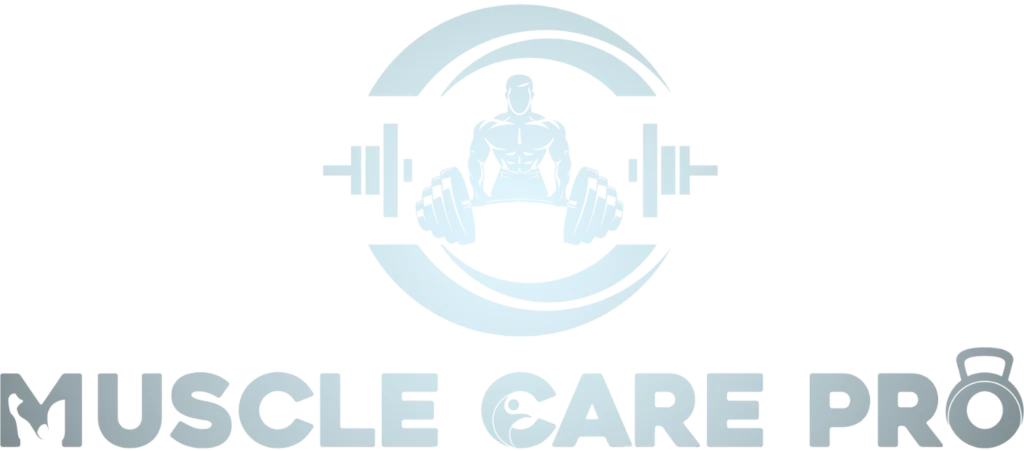What Muscles Do Shoulder Press Work?
The deltoids, consisting of anterior, lateral, and posterior heads, are the main muscles worked during the shoulder press. It also works the triceps, which assist in elbow extension during the lift, thereby enhancing overall arm strength. Along with these primary muscles, the upper pecs help stabilize weights, while the trapezius aids in moving the shoulder blades. Balance and stability in the entire motion are achieved with core musculature.
Wondering what the shoulder press is and its advantages? This workout primarily strengthens your shoulders for a more powerful upper body. It also engages the triceps and core for stabilization. You can learn about the importance of this dynamic exercise for a better fitness regimen.
The shoulder press targets your deltoid muscles in the shoulders. It also works the triceps, which assists with elbow extension during the lift. Furthermore, the trapezius muscles help maintain stability. This activity holistically engages the upper torso muscles and encourages coordination among the muscles involved.
Primary Muscles Worked
Deltoids (Shoulders)
Broadly known as deltoids, the shoulder muscles are the most predominant in this exercise. The deltoids have three components: anterior (front), lateral (side), and posterior (back). Different parts of the shoulder facilitate various movements such as raising and rotating. Developing strong deltoids effectively strengthens the upper body and enhances stability.
Triceps Brachii
The triceps brachii, located at the back of the upper arm, has three heads: long, lateral, and medial, which aid in elbow extension. Strong triceps are crucial for pushing movements and overall arm strength. They also help stabilize the shoulder joint in many activities.
Secondary Muscles Engaged
Upper Pectorals
The upper chest muscles form part of the pectoralis major. They aid in resistance and pushing actions, especially during shoulder presses. Engaging the upper pectorals enhances weight stability and control. Well-developed upper pectorals improve chest aesthetics and strength.
Trapezius
The trapezius is an extensive muscle spanning the back of the neck and upper back. It assists in arm movement and stabilization in lifting positions. The trapezius has three parts—upper, middle, and lower—which serve different functions. Strengthening the trapezius supports good posture and overall upper body stability.
Serratus Anterior
The serratus anterior, located on the lateral side of the rib cage, helps move and brace the shoulder blades during arm movements. It plays an essential role in shoulder mechanics and posture. A strong serratus anterior improves upper body strength and stability.
Core Engagement
The core muscles play a fundamental role in providing stability and balance during the shoulder press. The abdominals, obliques, and lower back work together to support the body. Core strength prevents spinal wavering, which could be dangerous. A strong core enables one to lift heavier weights safely and efficiently.
Additionally, engaging the core impacts other exercises by acting as built-in support, adding strength during the lift. A strong core minimizes injury risk by keeping the body stable. Engaging your core during exercises enhances results and improves sports performance.
Benefits of the Shoulder Press
Develops Upper Body Strength
The shoulder press builds muscles in the shoulders, triceps, and upper rib cage, increasing upper body strength.
Enhances Shoulder Stability
This exercise significantly stabilizes the shoulder joints, reducing injury risk.
Helps Maintain Core Stability
The shoulder press engages the core, promoting balance and posture, which benefits other exercises.
Boosts Practical Strength
It enhances pushing strength, useful in daily life and sports.
Encourages Muscle Synchronization
This exercise improves coordination among different muscle groups, enhancing performance in strength training.
FAQs
What muscles are mainly exercised in the shoulder press?
The shoulder press primarily engages the deltoid muscles in the shoulders, as well as the triceps for elbow extension.
How do the deltoid muscles get stronger with the shoulder press?
The deltoids lift and stabilize overhead weights, strengthening the shoulders in terms of mobility and strength.
Are there other muscle groups involved in this exercise besides the arms?
Yes, the triceps assist in pushing the weights up, enhancing arm strength and control during the press.
Do other muscles participate in the shoulder press besides the shoulders?
Yes, the upper pectorals and trapezius support the movement, stabilizing the shoulder blades.
What is the role of the core muscles during the shoulder press?
The core helps maintain balance and control, preventing unnecessary movement and ensuring correct body alignment.
Conclusion
The shoulder press is a highly effective upper-body exercise that engages several important muscle groups. It primarily builds strength and power in the deltoids and triceps. Additionally, it involves the upper pectorals and trapezius for stability and control.
Core engagement during the shoulder press is crucial for balance and maintaining proper form. This exercise not only helps build muscle but also enhances athletic performance. Including the shoulder press in your workout routine will improve your overall upper body strength.










